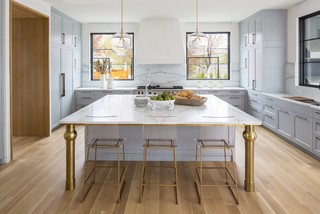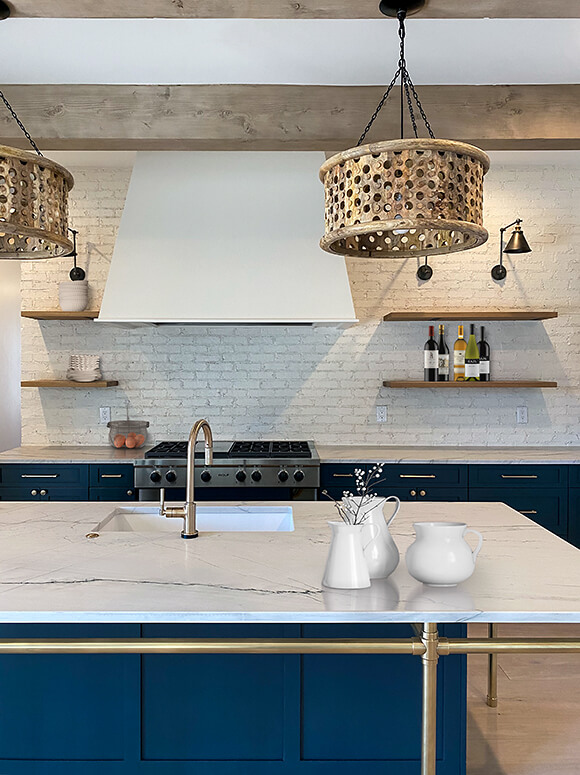Attain the Perfect Balance of Form and Function with Legs For Kitchen Island
Attain the Perfect Balance of Form and Function with Legs For Kitchen Island
Blog Article
Vital Elements to Think About When Selecting Legs For Kitchen Island
Picking the proper legs for a kitchen area island entails a mindful evaluation of multiple factors that can dramatically affect both performance and visual charm. Among these, the selection of material plays a crucial duty in making sure durability, while the layout should match the existing decoration. Considerations such as height and weight assistance are crucial for security and comfort. As we explore these aspects, it becomes clear that each choice can have far-reaching effects for the overall cooking area experience. What nuances should be taken into consideration in each of these categories to attain the optimal equilibrium?
Product Options
When selecting legs for a kitchen area island, recognizing the various material alternatives is essential for accomplishing both visual allure and structural stability (Legs For Kitchen Island). The option of product significantly influences not only the longevity of the island but likewise its general layout and capability
Metal legs, frequently made from stainless steel or wrought iron, contribute a commercial and modern-day feeling while making sure toughness and security. These materials are resistant to wear and can sustain significant weight, making them excellent for bigger islands.
One more choice is engineered products, like MDF or plywood, which can be extra cost-efficient while still using a series of surfaces. Nevertheless, they might not offer the very same degree of security as solid timber or steel. Materials such as acrylic or glass can create a modern appearance, though they might need additional assistance to make sure stability.
Ultimately, the option of material for kitchen island legs must align with the desired functionality and the total motif of the kitchen.
Design And Style

When taking into consideration design, the form and coating of the legs are essential. Conical legs can provide a feeling of agility and style, while thicker, extra durable legs can share toughness and security. Furthermore, the surface-- be it painted, stained, or natural-- should complement the kitchen cabinetry and kitchen counter products to produce a unified look.
Furthermore, the design of the legs can also mirror individual preference. Customized or decorative legs, such as those featuring detailed makings or special geometric shapes, can act as prime focus, including character and personality to the kitchen. Inevitably, the appropriate option will not just improve performance but additionally raise the aesthetic allure, making the kitchen area island a standout feature of the home.
Elevation Considerations
Choosing the ideal elevation for kitchen island legs is crucial, as it straight impacts both capability and comfort. The basic height for a kitchen island typically varies from 36 to 42 inches, aligning with usual counter top elevations. A 36-inch height is ideal for cooking and cooking, permitting comfortable usage of kitchen devices and tools. Alternatively, a height of 42 inches is usually chosen for islands planned for bar seating, suiting taller stools and using a casual dining experience.

It is additionally essential to make up individuals' preferences and elevations. Personalizing the elevation can make sure a comfortable experience for all relative, making the cooking area island a much more enjoyable and useful area.
Weight Support
Making sure sufficient weight assistance for kitchen island legs is essential for both security and capability. The kitchen area island often serves numerous functions, consisting of cooking, eating, and additional storage, demanding a robust assistance framework. When selecting legs, it is critical to consider the total weight capacity needed based upon the island's intended use and the products that will certainly be put on it.
The selection of material for the legs plays a significant function in their weight-bearing capacities. Solid wood, steel, and sturdy composites typically give superior stamina contrasted to lighter products. Furthermore, the layout of the legs-- whether they are straight, tapered, or have a pedestal form-- can influence their capability to disperse weight effectively across the structure.
Additionally, the leg positioning need to be strategically prepared to improve security. Legs placed at the see this site edges or with a bigger base can better support heavier loads. Always get in touch with the supplier's More hints specifications concerning load limitations to make sure that the legs can maintain the designated weight without jeopardizing security. In recap, choosing kitchen area island legs with appropriate weight assistance is crucial for developing a safe and useful cooking room.
Setup and Maintenance
Appropriate setup and upkeep of kitchen area island legs are critical for making sure long life and security. This commonly involves safeguarding the legs to the island base using ideal fasteners, making certain that the legs are level and straightened.
Once mounted, regular maintenance is essential to protect the honesty and appearance of the legs - Legs For Kitchen Island. For wooden legs, routine cleaning with a moist towel and application of suitable wood gloss can prevent wetness damages and maintain their finish. Steel legs might require a gentle cleansing remedy to remove grease and crud, adhered to by a dry fabric to stop rust formation
Additionally, examine the legs consistently for indicators of wear or damages, such as fractures or loose joints. Tightening screws or bolts as needed can likewise extend the life expectancy of the legs. By sticking to these setup and upkeep methods, house owners can make certain that their cooking area island continues to be tough and aesthetically appealing for several years ahead.
Final Thought

Aesthetic coherence is vital in picking the design her response and design of legs for a kitchen island, as these aspects considerably affect the total ambiance of the space. Tapered legs can offer a sense of lightness and beauty, while thicker, a lot more durable legs can share toughness and security.Picking the ideal elevation for cooking area island legs is crucial, as it directly impacts both functionality and convenience. In recap, picking cooking area island legs with ample weight assistance is crucial for developing a secure and useful cooking area.
In conclusion, selecting legs for a kitchen island necessitates mindful factor to consider of different aspects, including material alternatives, design, height, weight support, and installation.
Report this page